‘Everyone agreed the day was just right for the picnic to Hanging Rock…’ [1]
Hanging Rock is famous as an ominous yet enticing character in Joan Lindsay’s 1967 novel, Picnic at Hanging Rock. The drama centres around the mysterious disappearance of a quartet of schoolgirls, who vanish at the Rock after a picnic on Valentine’s Day 1900.
Lindsay lends credence to the tale by concluding her work with an ‘extract from a Melbourne newspaper, dated February 14th, 1913’ [2], which explores the mystery in detail. This report proves elusive searching digitised Australian newspapers on Trove, but there are other examples. Sixteen schoolgirls, caught by a rising tide following a picnic near Launceston in 1899, were saved, but countless other accounts, such as the disappearance of Lewis Vieusseux during a family picnic in 1858, involved tragic loss.
These stories gave rise to the rich mythology of lost children in Australian literature, bush poetry and art, perhaps best illuminated by Frederick McCubbin’s Lost, 1886.
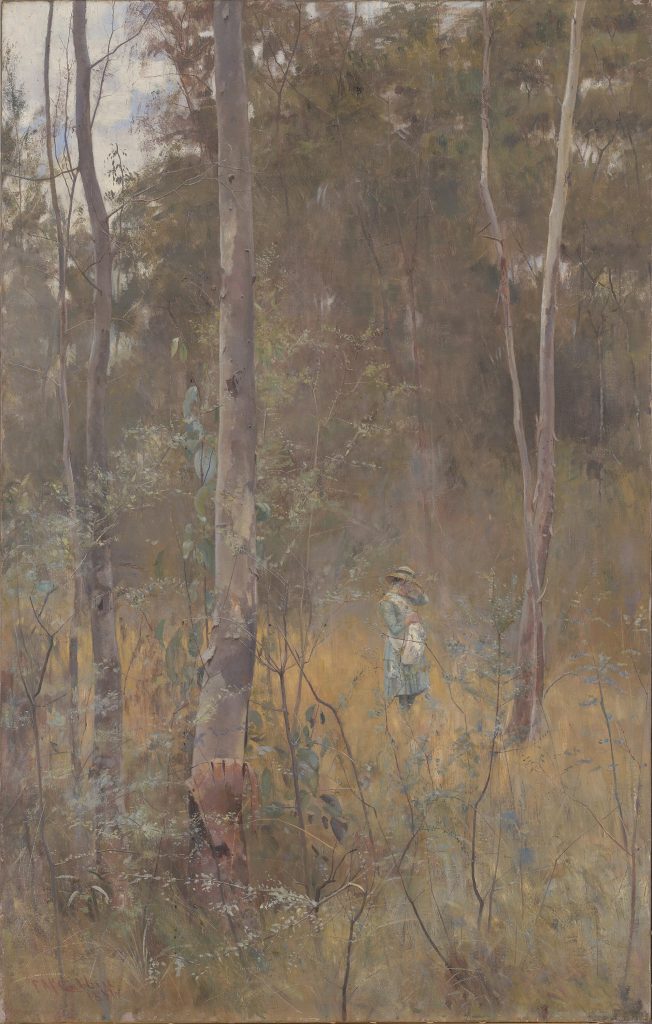
McCubbin was inspired by the true account of 12-year-old Clara Crosbie, miraculously found after three weeks missing near Lilydale. The earthy, yellow tones are brittle and mournful, the dark green bush encroaching upon her, like the late afternoon.
Lindsay, an artist turned writer and former pupil of McCubbin, explores similar themes in Picnic at Hanging Rock – the innocent and vulnerable, threatened and claimed by an untamed landscape. Hanging Rock readily lends itself as the backdrop for Lindsay’s gothic tale. It rises abruptly from the volcanic plain in the Macedon Ranges. Its jagged pinnacles, the signature ruptures of a lava flow phenomenon called mamelon, loom on approach.

The Rock, or Mount Diogenes, is an Indigenous sacred site within Wurundjeri peoples’ custodianship. It marks a significant meeting place for Dja Dja Wurrung, Taungurung and Wurundjeri peoples, whose country it intersects. [3] The traditional name, perhaps ‘Anneyelong’ or ‘Ngannelong’, has been lost with European colonisation and the consequent deaths, forced relocations and dispossession of the Aboriginal inhabitants. [4]

From the late 1830s, Hanging Rock and surrounding water sources supported pastoralists and then towns, which flourished as stopover points to the goldfields. [5] Local industries grew and soon Mount Macedon boasted stately summer houses for Melbourne’s wealthy.

Hanging Rock became a popular destination for picnickers. Country race meetings were economically beneficial for the region and notable on the social and sporting calendar.
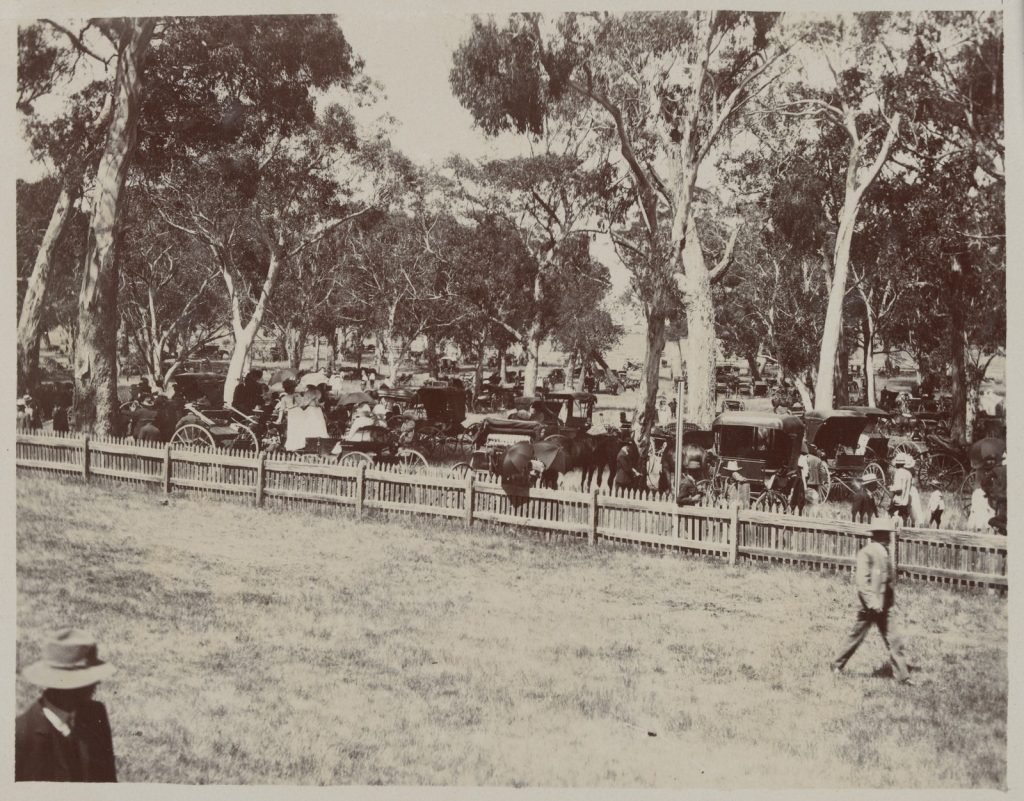
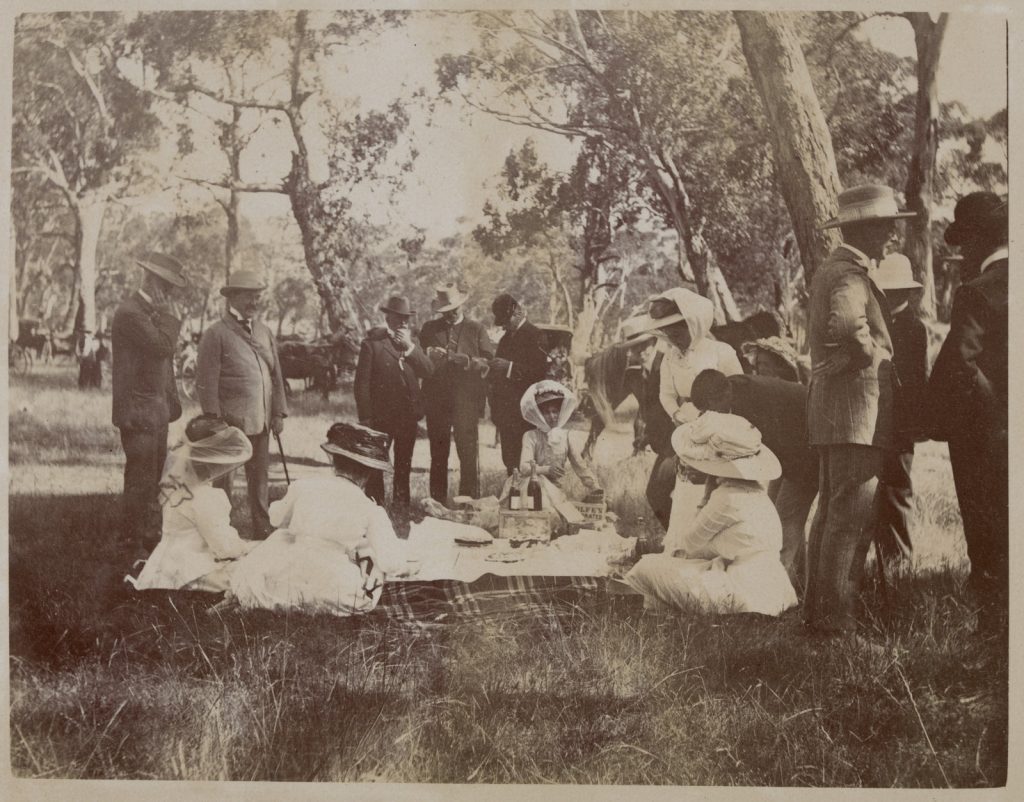
Raised in a privileged family, Joan a Beckett Lindsay (nee Weigall) attended the renowned Clyde Girls’ Grammar School, echoed by Appleyard College in the novel. She knew Macedon Ranges and appreciated the mystique of Hanging Rock. The structure of the novel came to her in a series of dreams, forming the perfect setting. [6]
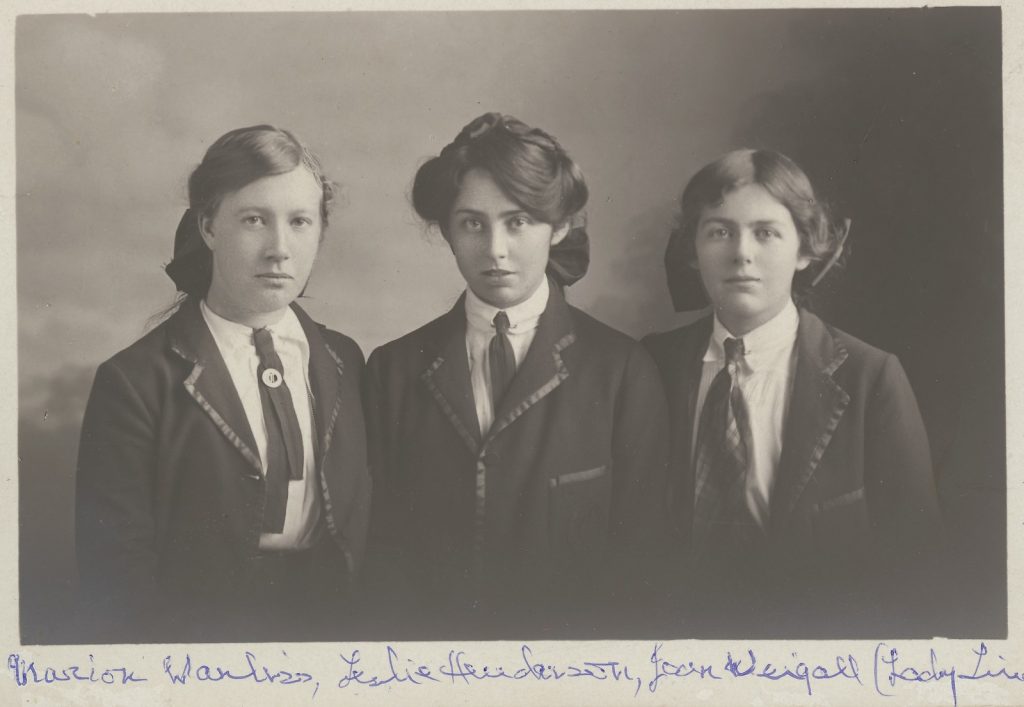
The novel is famously unresolved; a final chapter with mythological themes [7] was edited from the original manuscript to remove any sense of closure, leaving many readers perturbed.
The 1975 Peter Weir directed film served to enhance the mystery and fame of the novel. Hanging Rock stars and the natural world prevails, while symbols of European civilisation face demise. [8]
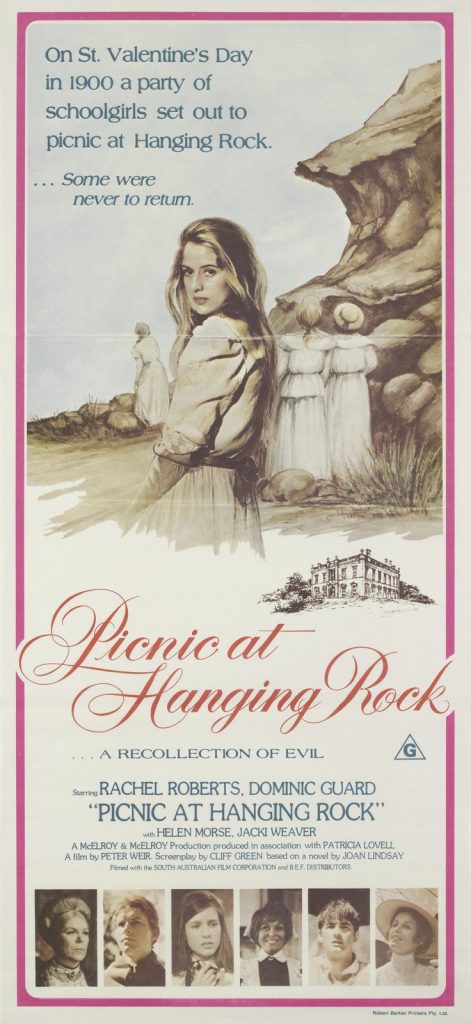
Throughout her life, Joan Lindsay implied some details in the novel were real. In the published foreword, she entices the reader with ambiguity:
‘Whether Picnic at Hanging Rock is fact or fiction, the reader must decide for themselves…it hardly matters.’ [9]
It doesn’t.
Hanging Rock reserve is temporarily closed, but in the mean-time we can lose ourselves in this classic Australian story.
Postscript
Visit The National Film and Sound Archive to view digitised scenes from the 1975 film.
References
[1] Lindsay, Joan, 2014, Picnic at Hanging Rock, Penguin, Melbourne, Victoria, p 7
[2] As above, p 188
[3] McConville, Chris, 2017, Hanging Rock – a history, Friends of Hanging Rock Inc, [Woodend, Victoria], p 28
[4] Spiers, Amy, 3 February 2017, ‘What really happened at Hanging Rock?’, VICE
[5] McConville, Chris, 2017, Hanging Rock – a history, Friends of Hanging Rock Inc, [Woodend, Victoria], p 81
[6] McCulloch, Janelle, 2017, Beyond the rock : the life of Joan Lindsay and the mystery of Picnic at Hanging Rock, Echo, an imprint of Bonnier Publishing Australia, Richmond, Victoria, pp 143-144
[7] Cunningham, Sophie & Ley, James, 21 October 2013, ‘Australian literature 102: Joan Lindsay: Picnic at Hanging Rock,‘
[8] Conti, Chris, September 2017, ‘Did it really happen: Picnic at Hanging Rock‘, Sydney Review of Books
[9] Lindsay, Joan, 2014, Picnic at Hanging Rock, Penguin, Melbourne, Victoria, p 6
You may also like…
See more of our Ask a Librarian videos on our YouTube channel.


Thank you Leanne…A really great post and video on my favorite Australian novel…it seems that there is always something more to learn about the story and its author.
It does mater actually. Fear of the bush is promulgated by lack of understanding. We should embrace such places as positive landscapes of worthwhile meaning, natural beauty and diversity and not some fake mysticism.
Thank you for your comment Gary, and yes, artistic responses to natural settings cannot be permitted to detract from the importance of respect for the landscape and the true history of Hanging Rock.
The novel remains to be enjoyed or, equally, critiqued.
Great snapshot of the topic Leanne. A much loved book and movie.
I have tried to find the final chapter to purchase but cannot locate it. Do you know if it is still in print?
Dear Melanie.
Thank you for your comments. ‘The secret of Hanging Rock : Joan Lindsay’s final chapter’ was published in 1987 and reprinted in 1993 by HarperCollins, but both are out of print. You may find second hand copies available for sale.
I just stumbled upon your wonderful post in a most peculiar way. I have never read the book, but had watched the film numerous times before getting the chance to visit Hanging Rock with my (then) eleven-year-old son. As the signs told us we were getting closer and closer to the place, my fears raised that visiting would be a disappointment; that the gothic romanticism of the location painted in my mind would be shattered by reality.
It was not.
It actually enhanced my feelings of the place – and yes, I couldn’t stop myself from calling “Miranda!”, knowing full well it was more than cliche!
Twelve years later, and the fear and trepidation of disappointment had returned. My son and I record a weekly Movie podcast; an Aspie duo with an audience fewer than a dozen, watching a movie from my DVD collection then chatting about it. Picnic at Hanging Rock was randomly selected for this week, and I knew my son – even though he’d visited all those years ago – had never seen the film. He’s tough to impress, and I feared terribly that this could end badly.
It did not.
He was quite impressed, and we had a good conversation. One thing I raised was how much the cinematography captured the Australian bush in such an authentic way. Then it dawned on me what it reminded me of: the art and artistry of Fred McCubbin. The light, the colour, the contrast between wet and dry. Fred McCubbin painted eucalyptus as they appear – not some European Franken-oak-gum that so many artists before were prone to paint. The film visually portrayed the Australian Bush with a McCubbin-esque honesty and authenticity also. At least that’s what I think!
After recording I went seeking some form of validation for my newly-formed realisation, and have only got as far as your post. To read of the Lindsay-McCubbin connection has thrown me for a serendipitous loop that’s stopped my search long enough for me to ramble on here, but I truly thank you for your article. It has made me happy!